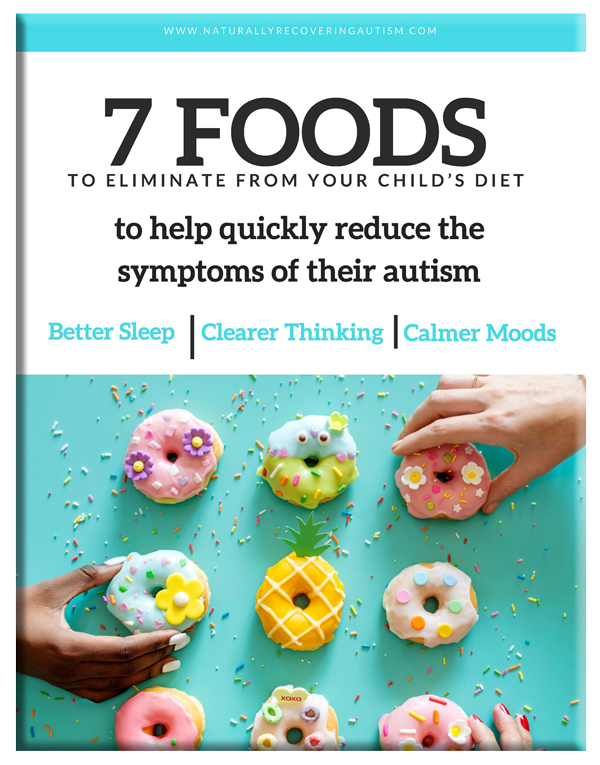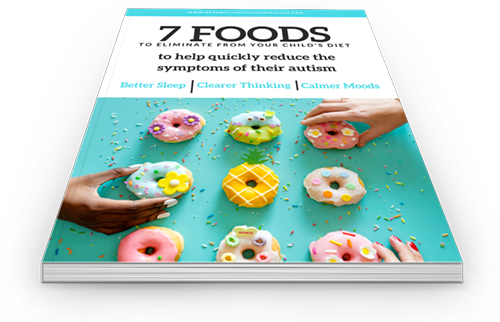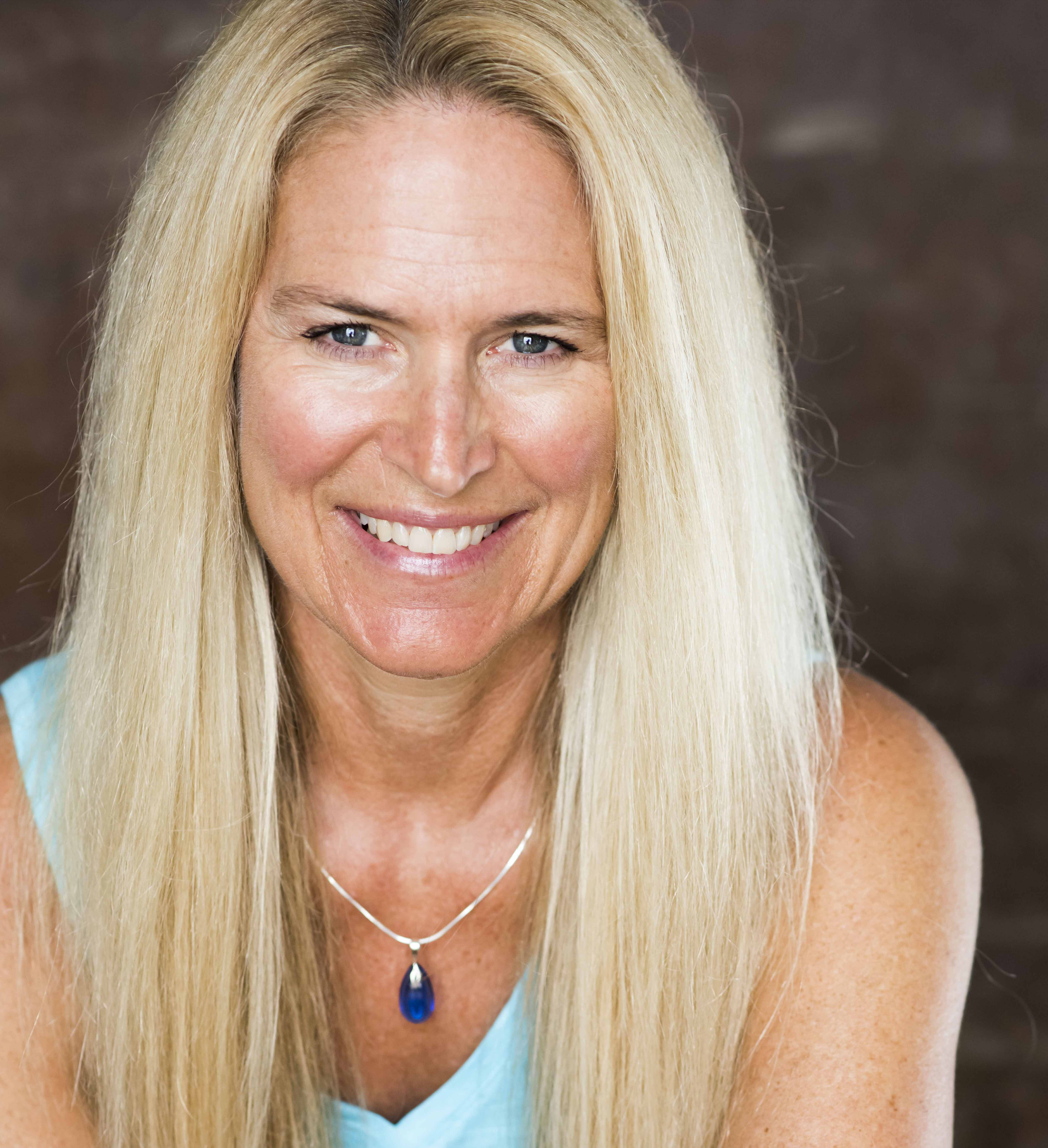Autism has many contributors, but there are specific ones among them that most people use daily. These toxins affect the neurological systems of fetuses and children at an even greater rate than they do adults.
Our families are the most important thing in the world to us. We must educate ourselves in order to protect them. There are many environmental toxins that we live in and around. Studies are coming out regarding their safety, or lack thereof, but most people are either unaware of the dangers or disregard the warnings rather than give up convenience.
Toxins are cumulative. Yes, small amounts over time build up and cause disease. Precautions can be made to detoxify the body or prevent them in the first place. Due to the nature of biology, each of us can tolerate different loads of toxins. These factors include our body’s ability to detoxify, the health of DNA, repair enzymes, amounts or toxins absorbed, the strength of cellular enzymes, age, genetic inheritance, possible pre-existing diseases, the number of toxins we are exposed to at different or concurring times, and the overall strength of the immune system.
Studies have shown that exposure to endocrine disruptors during pregnancy can increase the risk of autism in children.
For example, a study published in the journal Environmental Health Perspectives found that women who were exposed to high levels of bisphenol A (BPA), an endocrine disruptor found in some plastics, during pregnancy were more likely to have children with autism.
Another study, published in the journal Environmental Research, found that exposure to organophosphate pesticides during pregnancy was associated with an increased risk of autism in children. Organophosphate pesticides are commonly used in agriculture, and can be found on many fruits and vegetables.
The list of the top ten chemicals in consumer products that are suspected to contribute to autism developed by The Children’s Environmental Health Center are:
-lead
-methylmercury
-polychlorinated biphenyl (PCB’s)
-organophosphate pesticides
-organochlorine pesticides
-endocrine disruptors
-automotive exhaust
-polycyclic aromatic hydrocarbons
-brominated flame retardants
-perfluorinated compounds
On study from Scientific American referenced found traces of some 232 synthetic chemicals in cord blood samples from 10 different babies of African American, Asian and Hispanic descent born in 2009 in different parts of the U.S.
Study sponsors Environmental Working Group (EWG) and Rachel’s Network were looking to find out if the hormone-disrupting chemical Bisphenol A (BPA), a plasticizer widely used in food and drink storage containers, is present in the cord blood of minority babies in the U.S. BPA turned up in nine of the 10 cord blood samples tested.
Perhaps even worse is the study’s detection of whole new group of chemicals showing up in babies’ cord blood for the first time. Some of these newer chemicals include tetrabromobisphenol A (TBBPA) from computer circuit boards, synthetic fragrances used in common cosmetics and detergents, and Teflon-relative perfluorobutanoic acid.
Ken Cook, President of the Environmental Working Group, spoke to a senate subcommittee in January, 2013, regarding ten American newborns that had been found to have more than 200 synthetic chemicals in their blood. Among these chemicals were flame retardants, lead, stain removers, and pesticides.
Ten years later, in 2022, The Guardian released a study, ‘Forever Chemicals’ which detected these forever chemicals in all umbilical cord blood in their 40 studies. The studies collectively examined nearly 30,000 samples, and many linked fetal PFAS exposure to health complications in unborn babies, young children and later in life. These chemicals accumulate over decades.
PFAS, or per- and polyfluoroalkyl substances, are a class of about 12,000 chemicals commonly used to make products resist water, stains and heat. They are called “forever chemicals” because they do not naturally break down, and accumulate in human bodies and the environment.
The federal government estimates that they are found in 98% of Americans’ blood. The chemicals are linked to birth defects, cancer, kidney disease, liver problems and other health issues, and the EPA recently found effectively no level of exposure to some kinds of PFAS in water is safe.
The study continued that, humans are exposed to the ubiquitous chemicals via multiple routes. PFAS are estimated to be contaminating drinking water for over 200 million people in the US, and have been found at alarming levels in meat, fish, dairy, crops, and processed foods. They are also in a range of everyday consumer products, like nonstick cookware, food packaging, waterproof clothing, stainguards like Scotchgard and some dental floss.
PFAS in products can be absorbed through the skin, swallowed or breathed in as they break off from products and move through the air.
The studies lead researcher, Uche said, “The presence of these chemicals is also a threat to pregnant women, serving as first contacts with PFAS before they can pass from the uterus to the developing fetus by way of the umbilical cord.” She goes on to say, “Even before you’ve come into the world, you’re already exposed to PFAS.”
Can cleaning products cause autism?
According to the Center For Disease Control (CDC), Mothers exposed to any solvents were 50% more likely to have a child with autism than women without this exposure. Greater solvent exposure was associated with an 85% higher autism risk.
Fetuses, infants, and young children are most susceptible to harm because their  immune systems are not yet fully developed, and they are unable to detoxify properly. Once we saw birth defects and cancer, today we see reproductive development and disorders, diabetes, heart problems, asthma, autism, multiple learning disorders, and obesity. These toxins are endocrine disruptors which imbalance hormones, but they also are disruptors of the digestive system. They are known to increase bad bacteria in the gut. The number of chemicals has risen to over 84,000, but the EPA has only required testing on about 200. Some of the most harmful are:
immune systems are not yet fully developed, and they are unable to detoxify properly. Once we saw birth defects and cancer, today we see reproductive development and disorders, diabetes, heart problems, asthma, autism, multiple learning disorders, and obesity. These toxins are endocrine disruptors which imbalance hormones, but they also are disruptors of the digestive system. They are known to increase bad bacteria in the gut. The number of chemicals has risen to over 84,000, but the EPA has only required testing on about 200. Some of the most harmful are:
- Bisphenol A (BPA) is a dangerous chemical found in plastics, such as drinking bottles, baby bottles, toys, dental sealants, and the linings of food cans. Receipts are often coated in plastic which is absorbed into the skin as a toxin. BPA is one of the most dangerous chemicals. Most diseases are linked to BPA’s and phthalates (see below). They disrupt the health of the GI tract, cause asthma and autoimmune disorders.
- Polyvinylchloride (PVC) is another potentially harmful compound that may also contain polychlorinated biphenyl (PCBs) which are synthetic, organic chemicals. PVC is commonly found in toys, vinyl flooring, countertops, and shower curtains. Research shows the nursing child ingests about fifty times the daily amount of the synthetic, organic compound polychlorinated biphenyl (PCB) of adults. Both PCB and PVC are known to disrupt the hormonal system, and are linked to premature puberty, asthma, allergies, irregular menstrual cycles, breast cancer, and prostate cancer. One study done in 2009 found that those who lived in homes with vinyl floors were twice as likely to have a child with autism.
- PFCs (polyfluorinated chemicals) are known to be toxic and are used in the coatings of nonstick cookware, stain repellents in carpeting and clothing, and grease-proof paper used in the linings of packaging for certain food items such as popcorn bags.
- Flame retardants, including PBDEs are found in mattresses (including crib mattresses), automobiles, carpeting, textiles, plastics and electronics. PBDEs interfere with thyroid function, disrupt neurological development, cause reproductive problems, and cause cancer.
- Nonylphenols, including nonylphenol ethoxylates
These chemicals are used in laundry detergents, shampoos, household cleaners, and latex paints. NPs have been detected in human breast milk, blood, and urine. They have been shown to adversely affect reproductive and developmental health in rodents. - Phthalates are found in vinyl shower curtains, vinyl flooring, and toys, lotions, cosmetics, fragrances, nail polish, air fresheners and household cleaning products, and in recycled material #3. These chemicals are extremely dangerous to the neurological system, thyroid function and are even known to cause cancer.
- HEALTH AND BEAUTY AIDS
A study in England showed that the average woman puts on about 515 synthetic chemicals on her body every day. Shampoos, lotions, soaps, and make-up commonly contain harmful chemicals, gluten, perfume, and FD&C colorings. Phthalates, sodium laurel sulfate, and propylene glycol are most common. It is always safer to purchase these products from a quality health food store, but I still recommend reading your labels to be on the safe side.These products are absorbed through skin or by inhalation. Those that use an alcohol-based hand sanitizer on a daily basis have been known to have higher levels of alcohol in their blood. Remember that everything we put in and on our body during pregnancy and nursing is absorbed into both ourselves and our baby. The products we place on our skin absorbs and reaches our circulatory system within thirty seconds. There are many safe organic choices in shampoos, soaps, lotions, make-up and more at health food stores, but they tend to be expensive and hard to sift through to find ones we are assured to be safe - PHENOLICS
Phenolics are petroleum-based products that are found in plastics, and the dyes in leather goods such as clothing and furniture. They are contained in many health and hygiene products such as toothpastes, hair dyes, disinfectants, and medicines. Phenols are also naturally occurring in many foods. They are very common allergens, especially for a child with autism or one who is sensitive. Phenol sensitivity is common in people with poor methylation. - Pesticides and glyphosate
There are over 3,000 chemical additives that can be found in our food. Many of these chemicals are known to be dangerous to our health. It is important to know what our children are eating, since they are even more vulnerable than adults. A growing fetus is most susceptible.Glyphosate is a poisonous chemical known to contribute to the symptoms of autism. It is commonly known to be in such weed killing agents such as Round-Up. Today, this has moved far beyond the dangers of glyphosate being sprayed just in our yards, but is now known to be purposely sprayed on the crops of food that we eat with wheat crops being the most common. Glyphosate can do to damage to the delicate and protective microbiome in the gut, the digestive lining, kidneys, and brain messengers called neurotransmitters such as serotonin which helps stabilize mood, sleep, appetite and assists with focus. Please see my podcast, Interview with Dr. Stephanie Seneff on Glyphosate and Autism. - Heavy Metals
The most common top four are mercury, lead, aluminum and cadmium.
Scientific Studies Show a Direct Link Between Heavy Metals and Autism
The fears of countless parents have been proven true by scientific research that shows many children who develop autism have high levels of heavy metals such as lead, mercury, and aluminum in their bodies.
Fluoride is also neurotoxic and people put it into their mouths often twice a day in their toothpaste. Use healthier, fluoride free options.
It’s no coincidence that these neurotoxins have devastating effects on young, developing brains.
Please listen to my podcast, Toxic Heavy Metals Linked to Severe Autistic Behaviors.
Water
According to a new Environmental Protection Agency survey released on April 4th, 2023, 9.2 million lead pipes carry water into homes across the U.S. Lead can cause brain damage and the EPA says no amount is safe for children’s bodies.
A quality water filter is essential. Listen to my interview with water expert, Robert Slovak here . You an find a quality water filter at, NaturallyRecoveringAutism.com/aqua
What You Can Do?
First, read your labels. I’ve given some of the top chemical components to look for when purchasing home health needs and cleaning agents. If you see them on the labels then don’t buy them. Your better bet is a health food store that you trust but still read your labels.
We must remove chemicals in our home and in areas where children spend time. Schools are notorious for chemicals and mold. The Children’s Environmental Health Program has been working on identifying and removing PCBs in school lighting fixtures. Car emissions near home and near schools are detrimental.
Pesticides are found in most foods, so we do our best to eat organically. But what about the pesticides that are in the air we breathe? One study found that the closer pregnant mothers were to organophosphate pesticide applications, the greater the incidence of autism. (Eric Roberts “Maternal Residence Near Agricultural Pesticide Applications and Autism Spectrum Disorders Among Children in the California Central Valley”, www.markschauss.com.)
A few healthy non-toxic options:
To search for healthy options or to search for the safety guide to any product go to, www.ewg.org.
Support Detoxification Regularly
Strengthening detoxification in the system and heavy metal detoxification are all important.
Our kids are most susceptible and children with autism have even higher levels of toxicity. Our liver is the organ of detoxification and it is congested in those with autism. As we begin to detoxify the body releases more of them and the body gets overloaded. This is when we see behaviors worsen.
The liver must be properly supported and detoxification pathways need to be too. We need to slowly detoxify a child with autism because they are overly toxic. Rapid detoxification can cause symptoms of die off which make symptoms worse. It is important to have a knowledgeable mentor guide you through detoxification with a natural and safe process.
Quickly Reduce Your Child’s Symptoms
of Autism by Eliminating 7 Specific Foods that Most People Consume Daily!
The first crucial step of autism recovery is to begin restoring health to the gut and the immune system.
The health of the gut is directly linked to the health of the brain and therefore to the symptoms of autism. In fact, 80% of the immune system comes from the gut so if the gut is not healthy, then the brain can’t thrive, and the immune system is compromised. It’s a vicious cycle, but thankfully, it’s one that we can put an end to by first eliminating harmful foods.
This is for informational purposes only and is not meant to diagnose or treat. Every child’s level of recovery is different. No two people are the same. It is never implied that all children will have the same outcome. Results are all based on individual biology and the work that is done. This process takes time and various steps, effort and resources need to be weighed. Our programs are intended to help you become more knowledgeable and guide you to help bring your child a better quality of life, whatever that may be. We want to help by giving great content, direction and strategies that move you forward. Nothing on this page or any of our websites is a promise or guarantee of results or future outcomes. The results on this page and any of our websites are not typical or promised. In fact, there will be people who purchase this and other programs and never put the work into implementing the strategies taught and therefore will achieve little to no results. Our more detailed earnings disclaimer, privacy policy, and terms and conditions for this program and website can be accessed via the links below. We hold ourselves (and you) to a high standard of integrity. We are cheering you on every step of the way.












Great that this is out there. I would love for fabric softener to have its own mention, and for skin exposure to be mentioned as well as respiratory. More than with any other specific product mentioned, being dressed in clothing laundered with fabric softener or dryer sheets means constant intense exposure.
Yes, this is true. It is addressed in my book in the chapter on environmental toxins.
Are chelators LIKE OSR or liposomal EDTA safe to chelate mercury lead cadmium from 6yr old asd child??